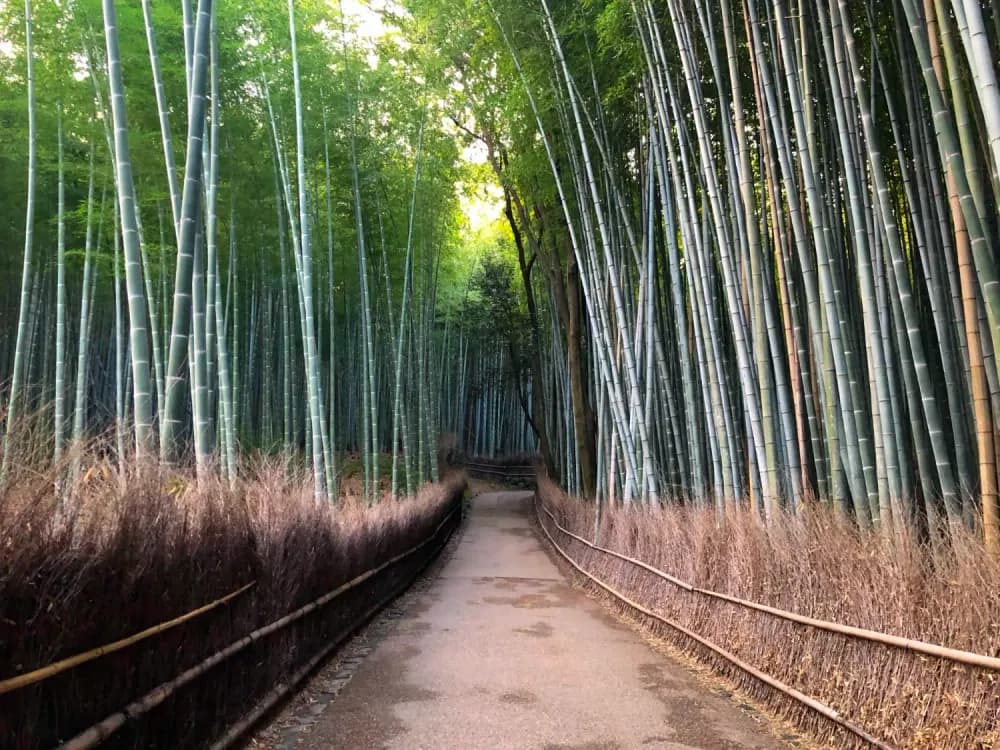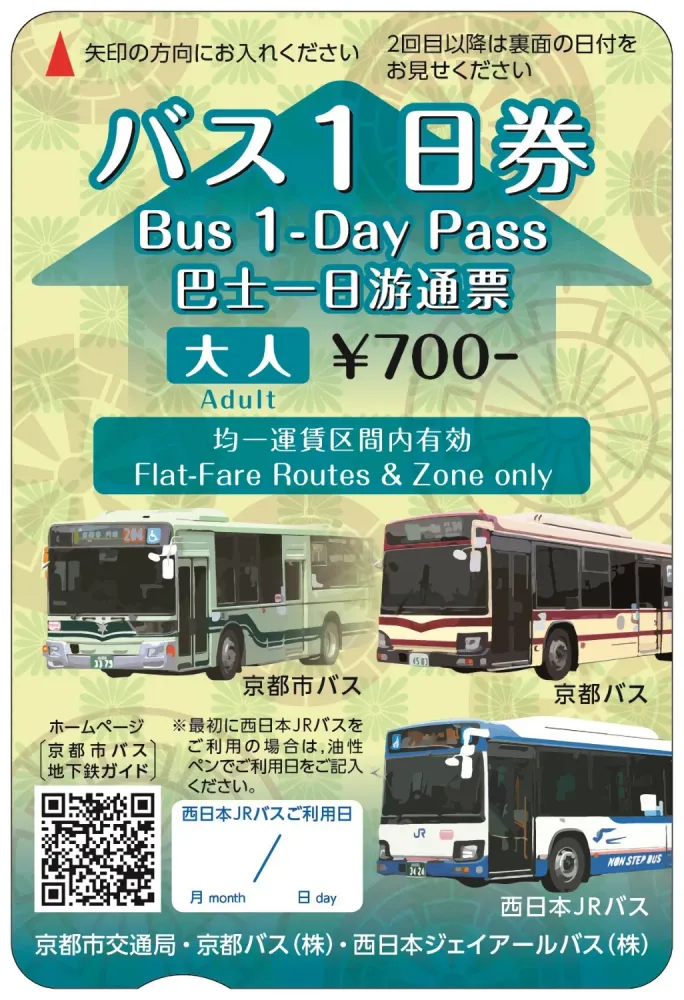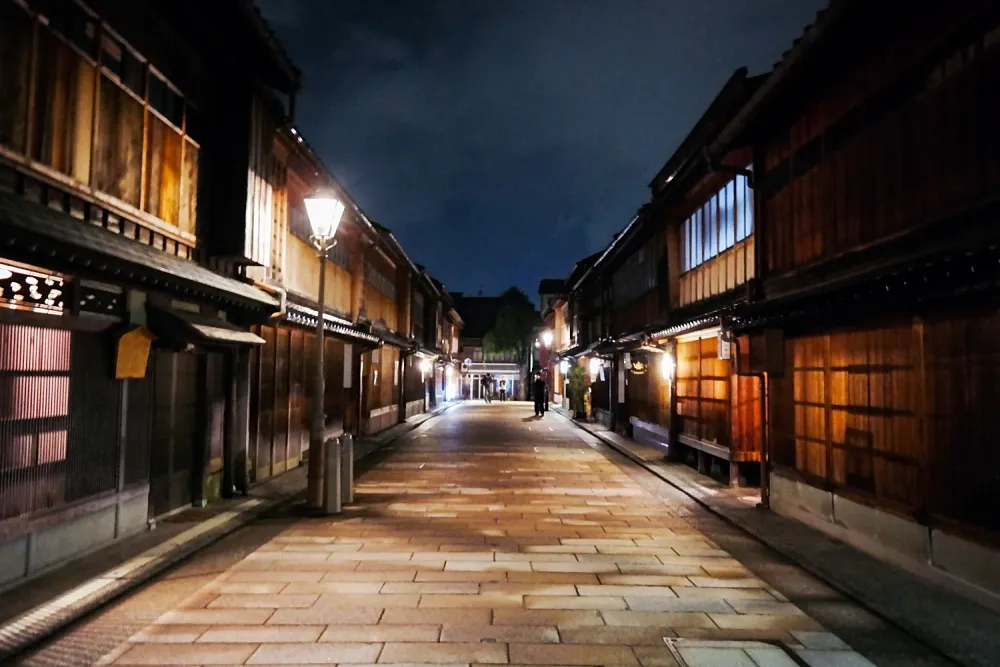Kyoto Travel Guide
Japan's Ancient Capital famous for its Temples and Traditional Streets
Kyoto is Japan’s former capital city (日本の元首都, Nihon no Moto Shūto), and a popular tourist destination for those seeking a taste of Japan’s traditional culture. Many of its temples are registered as UNESCO World Heritage Sites (世界遺産, Sekai Isan), with Kiyomizudera Temple (清水寺, Kiyomizu-dera) being popular for its unique wooden structure on stilts, and Fushimi Inari Taisha (伏見稲荷大社) for its endless red torii (鳥居) gates. Arashiyama (嵐山), on the outskirts of the city, is also famous for its Arashiyama Bamboo Grove (嵐山 竹林の小径, Arashiyama Chikurin-no-shōkei) and the zen garden of the Tenryū-ji Temple (天龍寺, Tenryū-ji).
Nature
Culture
Gourmet
Volume
Local Specialties
豆腐
Tofu
Kyoto has many fresh water springs, and the abundance of vegetarian meals at temples means that the city has had a long tradition of eating boiled tofu. Yuba (ゆば, Tofu Skin) is also a popular ingredient used in dishes in Kyoto.
おばんざい
Obanzai
A popular dish in Kyoto (京都, Kyōto) that is sort of like a platter consisting of an assortment of vegetables and picked dishes in small portions, these focus on the seasonality of the ingredients.
八橋
Yatsuhashi
Yatsuhashi, also called Nama Yatsuhashi (生八橋, Fresh Yatsuhashi), is a triangular-shaped wagashi (和菓子, Traditional Japanese sweets) with a smooth skin and anko (餡子, Red Bean Paste) in the center.
Popular Destinations
The Arashiyama district is located to the west of central Kyoto, and is an especially popular domestic tourism destination. It has garnered international fame for the Arashiyama Bamboo Forest, and has plenty of shops and sights to keep you entertained.
+ See More
The Higashiyama District is one of the best places to feel as if you’ve been taken back to old Kyoto. The streets are lined with traditional machiya (町家, Traditional wooden townhouse) on both sides, filled with bustling shops that evoke the atmosphere of an area that has been serving merchants and visitors for centuries.
+ See More
The Fushimi Inari Taisha is one of Kyoto’s most iconic shrines (神社, Jinja), with its endless torii (鳥居) gates lined up one after another, making for an unforgettable sight. The shrine worships the Shinto god, Inari (稲荷, God of foxes, fertility, rice, and agriculture), the god of rice, and kitsune (狐, Fox) are thought to be Inari’s messengers. As such, you’ll find many kitsune statues throughout the shrine, some carrying a key in their mouth for the rice granaries.
+ See More
The Arashiyama Bamboo Grove has become one of Kyoto’s most iconic sights, alongside the torii (鳥居) gates of the Fushimi Inari Shrine. This pedestrian path is lined with lush bamboo that stretch out for as far as the eye can see on either side. Of course, with its popularity, one can expect large crowds in the area as well, but that still doesn’t take away the sense of scale and awe from the grove.
+ See More
Itineraries
Blog Posts About Kyoto
Getting Around
By bus and train
Getting around Kyoto
We typically recommend getting around Kyoto by bus, as it has the widest coverage, and connects to every major tourist attraction in the city. Each ride costs a flat fare of ¥230. A one-day bus pass used to be available, but they were abolished in September 2023.
Do note that buses can get rather crowded during peak hours, and can get stuck in traffic jams. As an alternative, you can also consider the train where possible, for example to Arashiyama, as trains are faster but don’t cover as many places.
There are also five major railway companies that operate in Kyoto: JR West, Kyoto Subway, Hankyu, Keihan, and Kintetsu.
Recommended Pass
¥700
¥350
Getting There
© 2023 Ki Creative. All Rights Reserved.
Due to changing circumstances, readers are advised to do their own additional research. All information on this site is purely for reference only.
Privacy

















